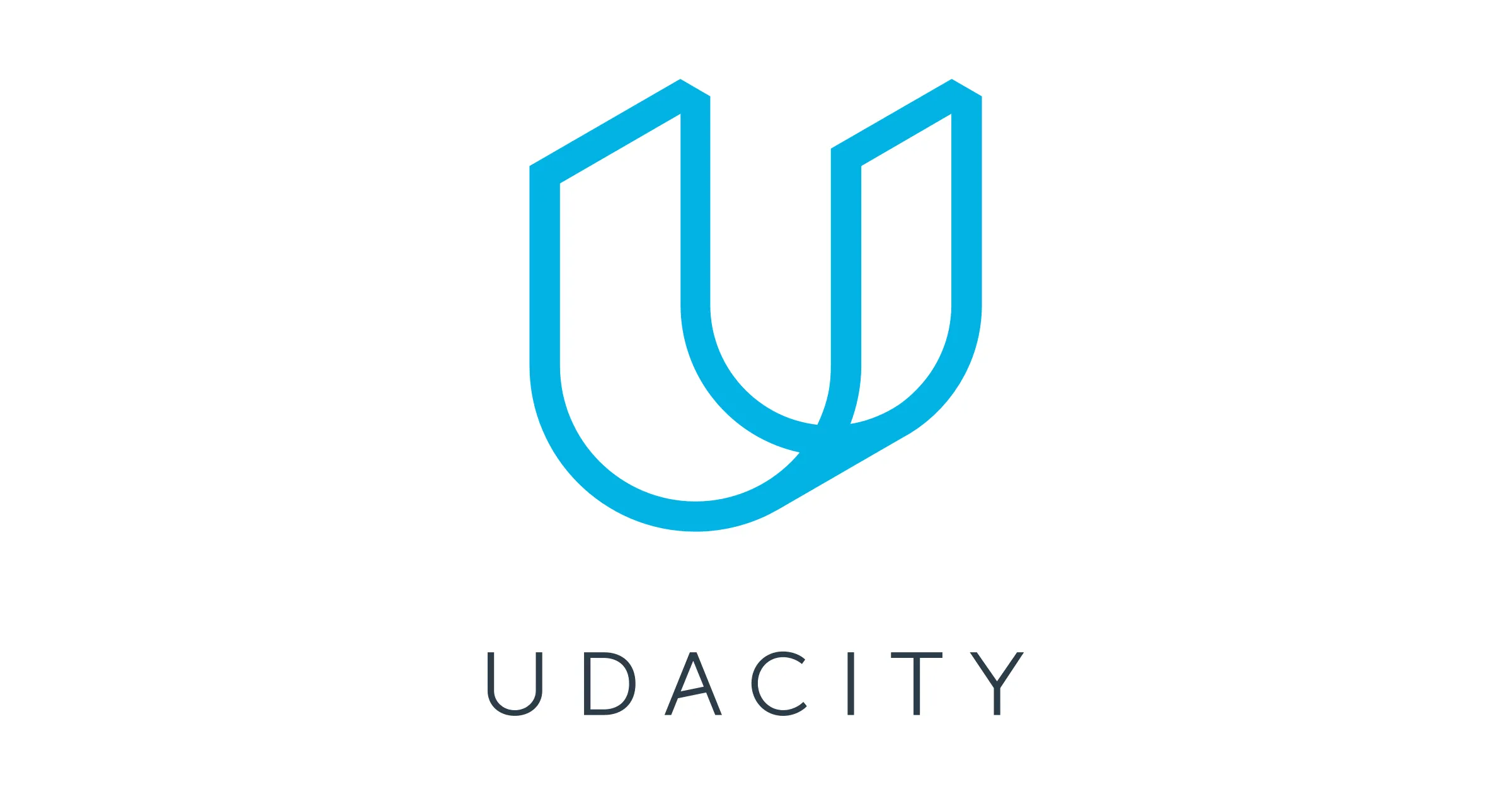
Introduction to Istio 
This course provides a comprehensive introduction to Istio, a service mesh for Linux, Docker, and Kubernetes. It covers installation and configuration, as well as the benefits of deploying and running Istio. Participants will gain the skills needed to effectively use Istio in their own projects. ▼
ADVERTISEMENT
Course Feature
![]() Cost:
Cost:
Free
![]() Provider:
Provider:
Edx
![]() Certificate:
Certificate:
Paid Certification
![]() Language:
Language:
English
![]() Start Date:
Start Date:
Self paced
Course Overview
❗The content presented here is sourced directly from Edx platform. For comprehensive course details, including enrollment information, simply click on the 'Go to class' link on our website.
Updated in [March 06th, 2023]
LFS144x Introduction to Istio is a practical course designed for those who wish to build on their knowledge of Linux, Docker, and Kubernetes to learn how to install and configure a service mesh and to understand the benefits of deploying and running distributed applications in a service mesh environment. This course is intended for application developers, systems operators, and security professionals who already have familiarity and experience with Kubernetes.
The course begins with an overview of service meshes in general and Istio in particular. It then covers topics such as how Istio functions, how the environment around a deployed application is configured to allow the application to join the mesh, system observability, traffic routing, canary deployments, and more advanced topics such as onboarding workloads running on VMs and extensibility through WebAssembly plugins.
Through the course's lessons and labs, participants will gain an understanding of the concepts and have the chance to practice common scenarios, including installing Istio, deploying applications to the mesh, monitoring applications, configuring traffic management, including ingress, and applying security policies. Upon completion of the course, participants will be prepared for working with Istio as a developer whose applications are deployed to an Istio service mesh or as a service mesh operator with responsibilities for installing, upgrading, and configuring Istio as a security professional responsible for defining ingress, egress, authentication and authorization policies with Istio.
[Applications]
Upon completion of this course, participants will be able to apply their knowledge of Istio to their own projects. They will be able to install and configure Istio, deploy applications to the mesh, monitor applications, configure traffic management, and apply security policies. Participants will also be able to use Istio to facilitate system observability by collecting and publishing metrics, and to make distributed applications more resilient through retries, timeouts, and circuit breakers. Additionally, participants will be able to onboard workloads running on VMs (outside of Kubernetes) and use Istio's extensibility through WebAssembly plugins.
[Career Paths]
Recommended Career Paths:
1. Istio Developer: Istio developers are responsible for developing applications that are deployed to an Istio service mesh. They must have a deep understanding of Istio's architecture and how it functions, as well as the ability to configure the environment around a deployed application to allow it to join the mesh. As Istio continues to gain popularity, the demand for Istio developers is expected to increase.
2. Istio Operator: Istio operators are responsible for installing, upgrading, and configuring Istio. They must have a deep understanding of Istio's architecture and how it functions, as well as the ability to configure the environment around a deployed application to allow it to join the mesh. As Istio continues to gain popularity, the demand for Istio operators is expected to increase.
3. Security Professional: Security professionals are responsible for defining ingress, egress, authentication, and authorization policies with Istio. They must have a deep understanding of Istio's architecture and how it functions, as well as the ability to configure the environment around a deployed application to allow it to join the mesh. As Istio continues to gain popularity, the demand for security professionals is expected to increase.
4. DevOps Engineer: DevOps engineers are responsible for managing the deployment and operation of applications in a service mesh environment. They must have a deep understanding of Istio's architecture and how it functions, as well as the ability to configure the environment around a deployed application to allow it to join the mesh. As Istio continues to gain popularity, the demand for DevOps engineers is expected to increase.
[Education Paths]
Recommended Degree Paths:
1. Bachelor's Degree in Computer Science: This degree path provides a comprehensive overview of computer science fundamentals, including programming, software engineering, and computer architecture. It also covers topics such as artificial intelligence, machine learning, and data science. This degree path is ideal for those who want to develop the skills necessary to work with Istio and other service meshes.
2. Master's Degree in Cloud Computing: This degree path focuses on the development and deployment of cloud-based applications and services. It covers topics such as cloud architecture, cloud security, and cloud infrastructure. This degree path is ideal for those who want to gain a deeper understanding of cloud computing and how to use Istio and other service meshes to deploy applications and services in the cloud.
3. Master's Degree in Cybersecurity: This degree path focuses on the security of computer systems and networks. It covers topics such as cryptography, network security, and digital forensics. This degree path is ideal for those who want to gain a deeper understanding of security and how to use Istio and other service meshes to secure applications and services.
Developing Trends:
1. Automation: Automation is becoming increasingly important in the development and deployment of applications and services. Automation tools such as Istio are becoming more popular as they allow developers to quickly and easily deploy applications and services in a secure and reliable manner.
2. Cloud Computing: Cloud computing is becoming increasingly popular as it allows developers to quickly and easily deploy applications and services in the cloud. Istio and other service meshes are becoming more popular as they allow developers to quickly and easily deploy applications and services in the cloud in a secure and reliable manner.
3. Security: Security is becoming increasingly important as more applications and services are deployed in the cloud. Istio and other service meshes are becoming more popular as they allow developers to quickly and easily deploy applications and services in the cloud in a secure and reliable manner.
Course Provider

Provider Edx's Stats at AZClass
Discussion and Reviews
0.0 (Based on 0 reviews)
Explore Similar Online Courses

Social Media Strategy: Connect with Your Followers

Classification Models

Python for Informatics: Exploring Information

Social Network Analysis

Introduction to Systematic Review and Meta-Analysis

The Analytics Edge

DCO042 - Python For Informatics

Causal Diagrams: Draw Your Assumptions Before Your Conclusions

Whole genome sequencing of bacterial genomes - tools and applications

Kubernetes for Beginners (Kubernetes + Docker)

Scalable Microservices with Kubernetes

Just enough kubernetes to be dangerous
 Related Categories
Related Categories
 Popular Providers
Popular Providers
 Popular Searches
Popular Searches
Quiz
 Submitted Sucessfully
Submitted Sucessfully
1. What is the purpose of this course?
2. Who is this course intended for?
3. What topics are covered in the final chapter?


Start your review of Introduction to Istio